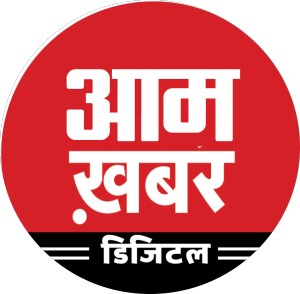Lack of adequate machines and related infra has delayed the counting of demonetised currency that has come back into the system, the Reserve Bank of India (RBI) Governor Urjit Patel is learnt to have told a parliamentary panel on Wednesday.
During the meeting that lasted more than three hours, Urjit Patel, according to sources said that the central bank is yet to arrive at the final figure since counting was still in progress.
The parliamentary standing committee on finance, that will table the report on demonetisation in the monsoon session starting July 17, gave the RBI chief 15 days time to submit data on deposits of invalidated Rs 500 and Rs 1,000 notes, besides counterfeit currency in circulation.
The RBI has cut staff holidays to complete the counting of currency which returned to the system after demonetisation, and has also ordered more machines to expedite the process, Patel told the panel, informed sources.
According to sources, the panel told Patel that since the RBI will have to close its accounts as on June 30 and prepare the balance sheet for 2016-17, it must be in a position to share the number.
“While the governor shared some data, he did not give exact figures and said that they are still being counted,” said a source.
The RBI transfers its surplus to the Union government every year that ends on June 30.
Appearing before the panel for the second time, Patel was accompanied by three deputy RBI governors – B P Kanungo, S S Mundra and N S Vishwanathan.
“The governor answered a lot of questions but failed to provide a specific number on the money that came back into the system after demonetisation. We have asked him to provide the figure in 15 days,” said a source.
However, Patel told the panel that the money currently in circulation is Rs 15.4 lakh crore, against Rs 17.7 lakh crore at the time of demonetisation in November last year.
Cash in circulation cannot be a parameter to assess the quantum of black money or white money in the system, a panel member said.
As on November 8, 2016, prior demonetisation, of the approximately Rs 17.7 lakh crore currency in circulation, the Rs 500 and Rs 1,000 notes made up about Rs 15.50 lakh crore, or over 85 per cent of the total.
Meanwhile, former Prime Minister Manmohan Singh, a member of the panel, did not ask the governor any question. He had bailed him out at a previous meeting of the panel.
While the government has given three reasons for demonetisation – to combat corruption, black money and militancy – the purpose does not appear to have been realised, a panel member observed. “We can see militancy has increased; corruption levels, too, have not come down,” he said.
Citing a study by the Indian Statistical Institute in Kolkata, the source quoted above said Rs 400 crore worth of fake currency is still in circulation, and Rs 70 crore is added every year.
“The moot question is if there was a need for such a disruption,” he added.
The Rs 500 and Rs 1,000 notes were allowed to be exchanged till December 30 last year, while the deposit window for non-resident Indians and Indians abroad during the two months was open till March 31.
In January, too, the RBI governor had appeared before the committee and had told the members that he would submit a statement on the amount of money that came back into the system after demonetisation.
The committee will come out with its report on demonetisation in two parts. The first part to be tabled during the upcoming Parliament session will be on demonetionsation, while the second one will be on transformation in the digital economy.
The panel will meet government’s think tank NITI Aayog and officials from the Ministry of Home Affairs for their report on digital economy on Thursday.
“We will also come out with the second part of the report on transition to the digital economy a few months later,” said the source.
On the goods and services tax (GST) that rolled out from July 1, the standing committee asked the RBI whether it will consider cutting the repo rate since government has claimed the GST will bring down inflation.
“The government has been claiming that inflation will come down. If that is the case, the RBI should also cut the repo rate. The central bank governor was asked this question,” said a person in the know.
The six-member monetary policy committee, chaired by the RBI governor, left the repo rate unchanged at 6.25 per cent for the fourth time in a row in June. While the officials in the government have claimed that the consumer price index-based inflation will see a 1-2 percentage point reduction by the year-end, the RBI in its policy meet projected inflation to increase to 3.5-4.5 per cent in the second half from 2-3.5 per cent in the first half.
Regarding the Ordinance to amend that Banking Regulation Act for resolution of non-performing assets (NPAs) of state-owned banks, the panel is learnt to have raised with the central bank governor the rationale behind the move, as it will take away the autonomy of banks. The Ordinance was issued in May, empowering the RBI to recover mounting NPAs of the state-owned banks running up to over Rs 6 lakh crore. It has empowered the central bank to initiate insolvency resolution proceedings for bankruptcy code cases and recover bad loans.
The RBI is keeping a close watch on transactions involving cryptocurrencies.


